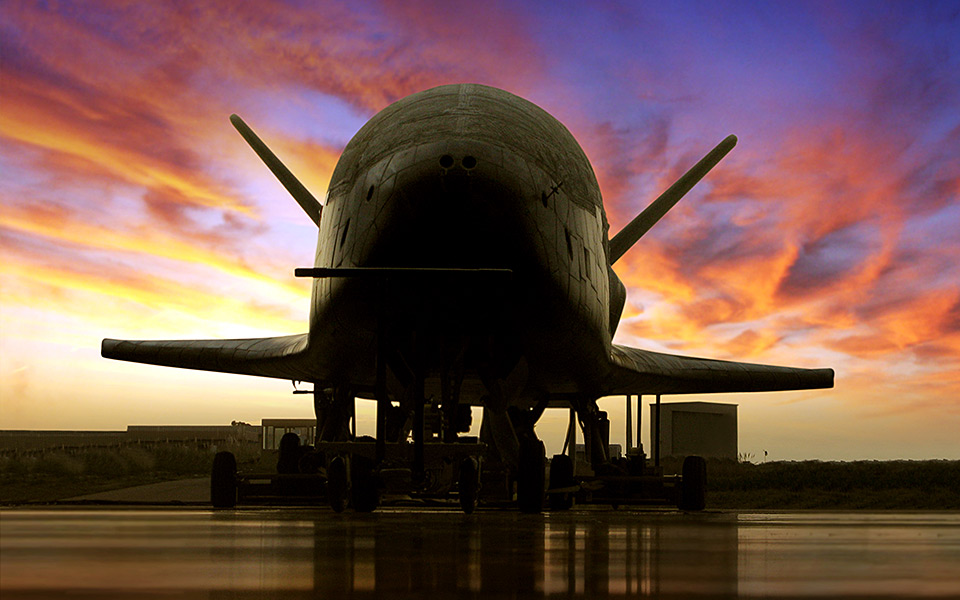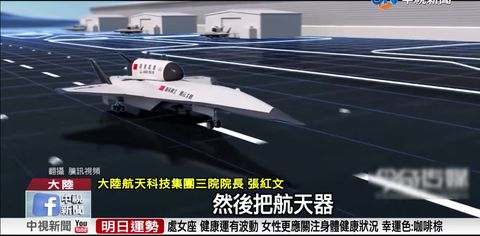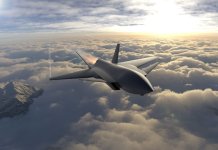One of the US military’s most secretive spacecraft, Boeing X-37B, has set another endurance record by spending more than 780 days in Earth’s orbit with no plans to land yet.
The X-37B is presently on its sixth mission, known as Orbital Test Vehicle-6 (OTV-6), which was launched on May 17, 2020, from Cape Canaveral Space Launch Complex 41.
The Boeing spacecraft completed over 781 days in orbit on July 7, thereby breaking its previous record of 780 days that was set in 2019.
“The world’s only reusable spaceplane, X37B, has set another endurance record — as it has on every mission since it first launched in 2010”, Boeing Space said in a tweet while also congratulating the US Air Force (USAF), the US Space Force, and rest of the X-37B team.
781 days and counting!
The world's only reusable spaceplane, #X37B, has set another endurance record — as it has on every mission since it first launched in 2010. Congratulations to the @USAirForce, @SpaceForceDOD and all our teammates who support X-37B! #SemperSupra pic.twitter.com/zzZAOG0Wa5
— Boeing Space (@BoeingSpace) July 7, 2022
The X-37B Orbital Technology Vehicle
The X-37B is an unmanned re-entry space vehicle based on NASA’s X-37 design. It is launched vertically with the help of a rocket to low Earth orbit (LEO), where it undertakes long-term space technology experimentation and testing.
The OTV, upon receiving a command from the ground, autonomously re-enters the atmosphere, descends, and lands horizontally on a runway.

The military spacecraft measures around 8.8 meters in length and has a height of 2.9 meters, and its wingspan is said to be slightly under 4.6 meters. It weighs 4,990 kilograms at launch and is designed to operate at altitudes between 240 to 805 kilometers.
The X-37 program began in 1999, initially overseen by NASA but later transferred to the secretive military think tank Defense Advanced Research Projects Agency (DARPA) in 2004.
In November 2006, the USAF announced it would develop its variant from NASA’s original X-37A design, designated as the X-37B Orbital Test Vehicle (OTV). Boeing was the prime contractor for the OTV program, and the company reportedly built two X-37Bs.
Eventually, the OTV was turned over to the US Space Force, which currently operates the space plane.
Technologies Tested Using The X-37B
While much about the X-37 B’s voyages in space and its experimental work is shrouded in mystery, the USAF’s fact sheet on the OTV program does provide a list of technologies being tested using this spacecraft.
These technologies include advanced guidance, navigation and control, thermal protection systems, avionics, high-temperature structures and seals, reusable conformal insulation, lightweight electromechanical flight systems, propulsion systems, materials, and autonomous orbital flight, re-entry, and landing.

Also, some of the X-37 B’s experiments have been made public. For example, last year, the US Naval Research Laboratory tested its solar panel, the size of a small pizza box aboard the OTV, called Photovoltaic Radio-frequency Antenna Module (PRAM).
The PRAM is a system designed to collect solar energy and convert it into microwaves that can be beamed back to Earth from orbit.
Other than PRAM, the OTV-6 is known to have a satellite designed by the USAF Academy called the FalconSat-8 that carries five experimental payloads. NASA designs two experiments to test the impact of radiation on plant seeds and study the effects of space on various materials.
Concerns About US’ OTV Program
There have also been concerns among US rivals, Russia and China, about using X-37B as an anti-satellite weapons platform.
In May 2021, Yan Novikov, the head of a Russian state-owned defense company, Almaz-Antey, said that the X-37 could carry nuclear warheads. Novikov also noted that the X-37 has two variants, a small one and a larger one that can take three and six nuclear warheads, respectively.
There have also been speculations about the PRAM system onboard the OTV-6 that its technology of converting solar energy into a microwave beam and directing that beam in a particular direction could be used as a space-based directed energy weapon to destroy (DEW) Russian and Chinese satellites.

These concerns have led China to develop its technologies to counter the US’ potential militarization of space.
In February, researchers from the China Academy of Space Technology (CAST) claimed to have discovered a new technology that could safeguard Chinese satellites from high-powered microwave weapons, as previously reported by Eurasian Times.
Furthermore, China has also developed its spaceplane called ‘Tengyun’ that, unlike X-37B, can reportedly be launched without the need for rocket fuel, meaning it can take off and land at airports.
According to an earlier Eurasian Times report, the Tengyun is believed to be China’s answer to the American OTV program.
- Contact the author at tanmaykadam700@gmail.com
- Follow EurAsian Times on Google News




